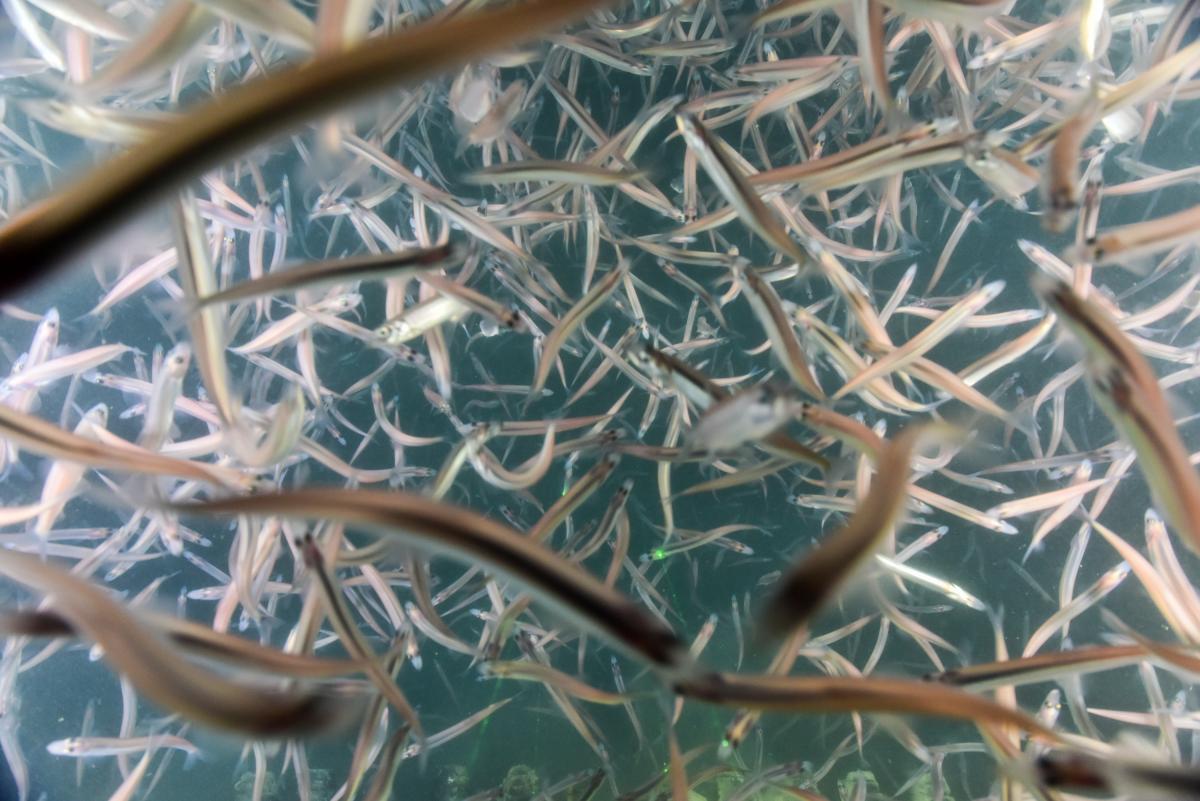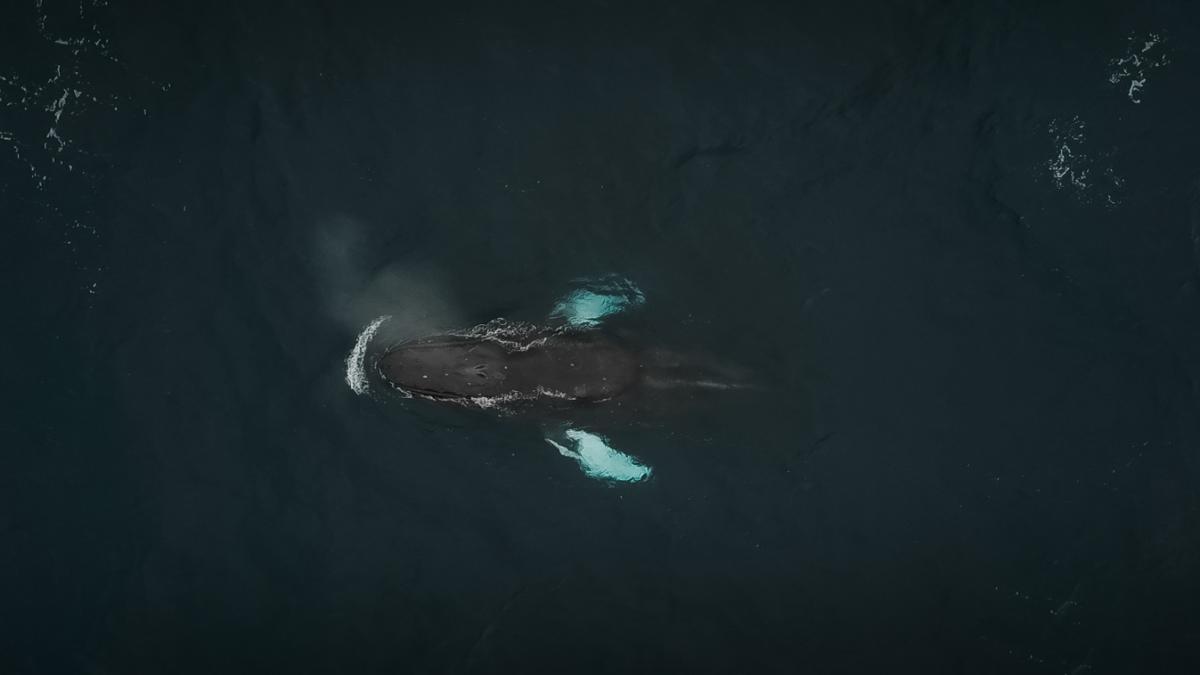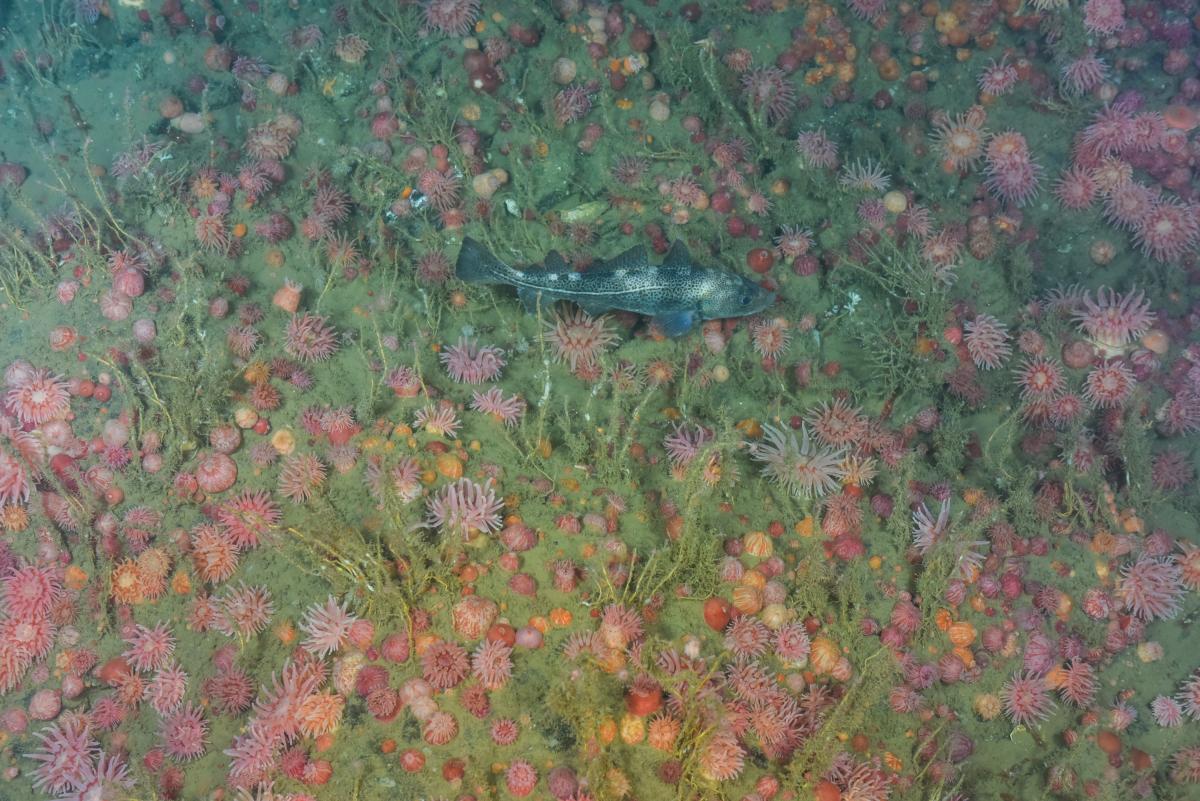November 5, 2018
Saving our oceans with marine protected areas
Estimated reading time: 0 minutes
BY: Alexandra Vance
Topics: Protect Marine Habitat
Covering over 70 per cent of Earth and encompassing up to 80 per cent of all life on the planet, the oceans are as vast as they are vital for sustaining life. They’re also responsible for up to 80 per cent of our available oxygen, provide half of the developing world with fish protein, and are home to nearly 90 per cent of global commercial trade. We are a part of our oceans, and we need to take care of them – for the sake of our planet and ourselves. Here’s a look at one strategy to protect oceans along with photos of beautiful marine habitats to remind us all of how important it is to take care of these special places.
Ocean saving 101
There are many ways in which we have become better stewards of our oceans and are able to manage our activities sustainably. One strategy is through the implementation of marine protected areas (MPAs) and other effective area-based conservation measures (OECMs).
Around the world, countries have been creating MPAs and OECMs to help conserve unique or endangered wildlife, habitats, oceanographic processes, or sites of spiritual or cultural significance. In Canada, we made international commitments to protect 10 per cent of our oceans by 2020; this international goal is referred to as the Aichi Conservation Target 11, or Canada Target 1 domestically.

A school of capelin gather near the American Bank, in the Gulf of St. Lawrence. Photo Credit: Canadian Scientific Submersible Facility/ROPOS, Oceana Canada and Fisheries and Oceans Canada
International standards for MPAs
With so many countries, all with their own regional differences, agreeing on goals and standards for protection can seem off the deep end. But the oceans, and the marine life that depend on it, don’t follow national boundaries and regulations; they move and migrate according to their biological needs, not our political borders. In fact, many scientists regard our global oceans as being just one big ocean even though there are regional differences in biodiversity, oceanography, and geo-chemical characteristics. To protect our global ocean, we need to work collaboratively with all nations to ensure we follow similar marine protection and conservation standards around the world. That’s where the International Union for the Conservation of Nature (IUCN) comes in.
The IUCN has guided the global marine protected area process by establishing a framework that, if properly implemented, can help align all the world’s marine conservation objectives through consistent, long-term, and meaningful protection standards. This framework means that there is a definition of what counts as an MPA and OECM, it must meet an internationally recognized threshold for prohibiting global environmentally-damaging industrial activities and have basic prerequisites such as stated objectives and management plans. With a framework like this in place, we can be confident that MPAs and OECMs will effectively protect the ocean and its biodiversity.
Unfortunately, Canada hasn’t been abiding by this framework and is just now trying to figure out how to apply it.

A humpback whale swims through the Pacific, near Haida Gwaii, on our expedition to explore and protect seamount ecosystems in 2018. Photo Credit: Fisheries and Oceans Canada
Oil and gas in an MPA
Just last year, BP was granted oil and gas exploration rights in an area that directly overlaps with a marine refuge off the coast of Nova Scotia. Similarly, a coral conservation area in Newfoundland was granted permits for oil and gas activities; none of which is compatible with the IUCN conservation objectives for MPAs and OECMs. According to the framework of what makes an MPA, activities like oil and gas exploration and extraction can’t be permitted. Simply put, environmentally-damaging industrial activities and infrastructure development are not compatible with the conservation objectives of marine protected areas.
In response to this, many people voiced concern about how damaging industrial activities should not be allowed in Canadian MPAs and OECMs. The government responded by assembling a National Advisory Panel to give the federal government advice on how these IUCN guidelines could be used to develop standards for MPAs in Canada.
The Panel recently published their final report, and there are some really important points in it that we hope the federal government will take under consideration for creating and managing MPAs:
• The importance of collaborative planning and design
• Acknowledging the role of Indigenous peoples in managing MPAs and OECMs
• Minimum protection standards should be used
• Adhere to principles of marine spatial planning

Among strawberry anemones in the Gulf of St. Lawrence swims a lone Atlantic cod. Photo Credit: Canadian Scientific Submersible Facility/ROPOS, Oceana Canada and Fisheries and Oceans Canada
The future of ocean protection in Canada
Currently, Canada is focusing on achieving its domestic and international goals for marine habitat protection. But whether these areas designated for protection will meet international standards is still up in the air. Under the Panel’s recommendations, it will be the discretion of the Minister to ensure that risks to biodiversity are avoided or mitigated within OECMs through effective legislation.
Aside from fishing, Canada does not currently have the necessary laws to prohibit industrial activities in OECMs. Oil and gas exploration and exploitation, seabed mining, marine cable-laying and more all pose a threat to marine wildlife and their habitat. Under current regulations, these activities could happen in the same location as a marine refuge with it still counting towards our conservation targets.
While Canada moves towards 10 per cent marine protection by 2020, we must acknowledge that we are still fully using and impacting the other 90 per cent of the oceans and that there is more work to be done for the conservation and management of marine habitat. This work is of the utmost importance; our future on this planet depends on it. How we sustainably manage our oceans today will help ensure a healthy and resilient ocean tomorrow – for our wildlife, future generations, and life as we know it.
A field of pom pom anemones was spotted in waters off the Central Coast of British Columbia. Video Credit: Fisheries and Oceans Canada

